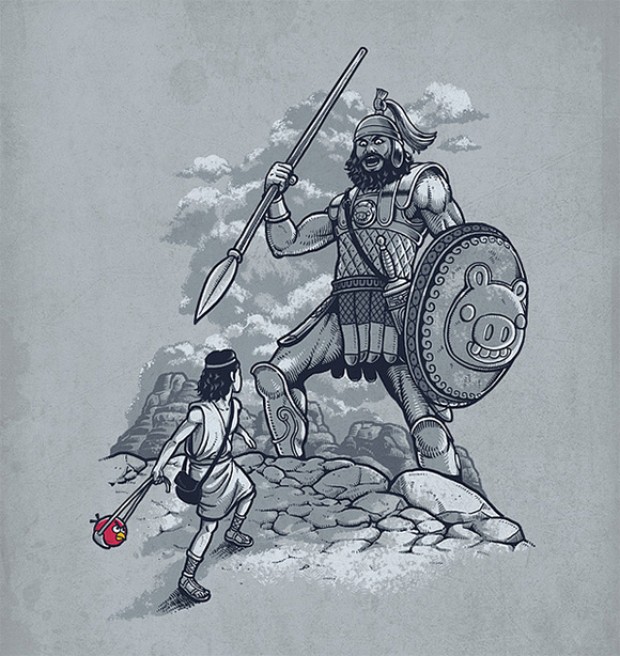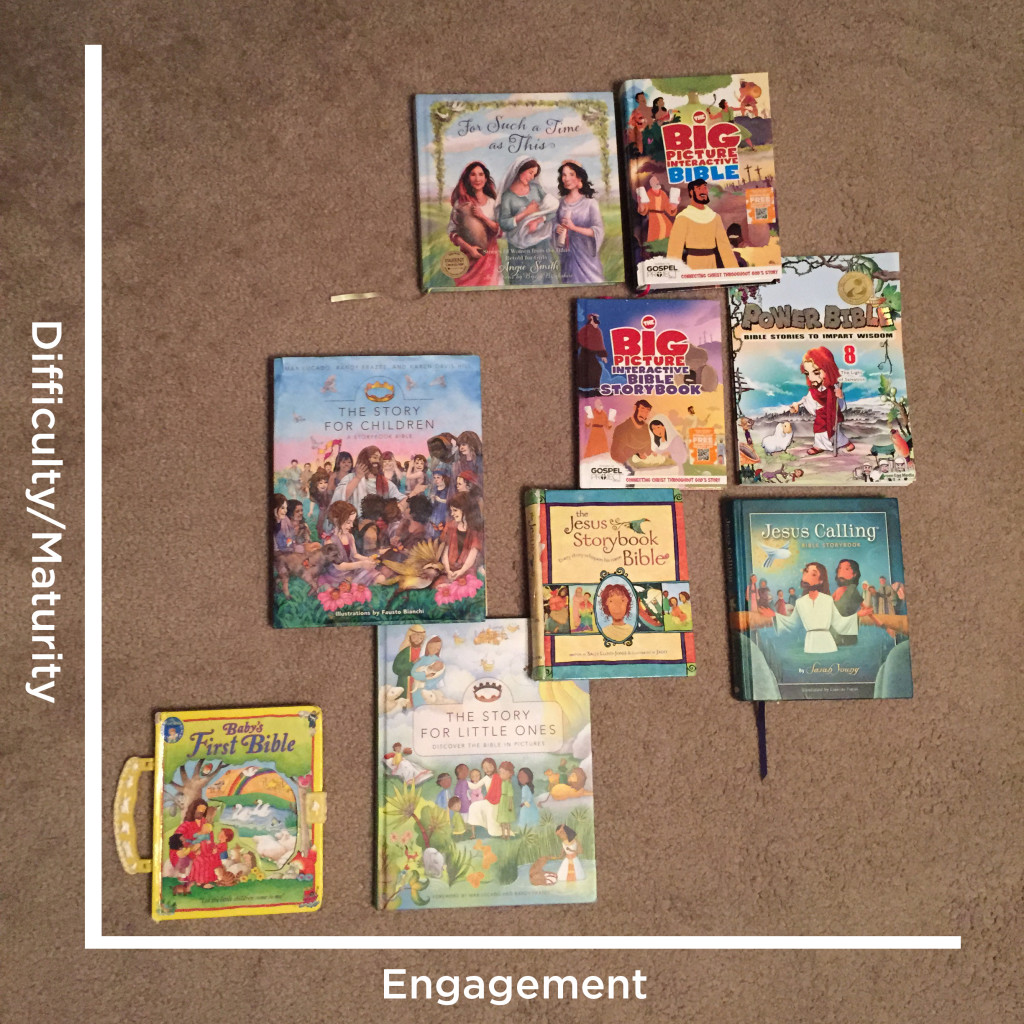
Not everyone in the Bible is a role model. For example, who looks at Goliath and says, “I sure want to be like him when I grow up!”
However, how many times do we look up to David and try to emulate our lives after his? After all, he was the King of Israel, the greatest poet of all time, and the author of the psalms–including the famous Psalm 23, “The Lord is my shepherd, I shall not want…”
Now there are many honorable things in David’s life that we can learn from, but unfortunately, he doesn’t teach us morality. He’s the one who committed adultery, killed a man to cover up his tracks, and lied to get his way.
The fact is, David doesn’t teach us morality, he teaches us how to be human.
He teaches us how to be real and he teaches us how to have a close, intimate, and living relationship with our Lord God.
